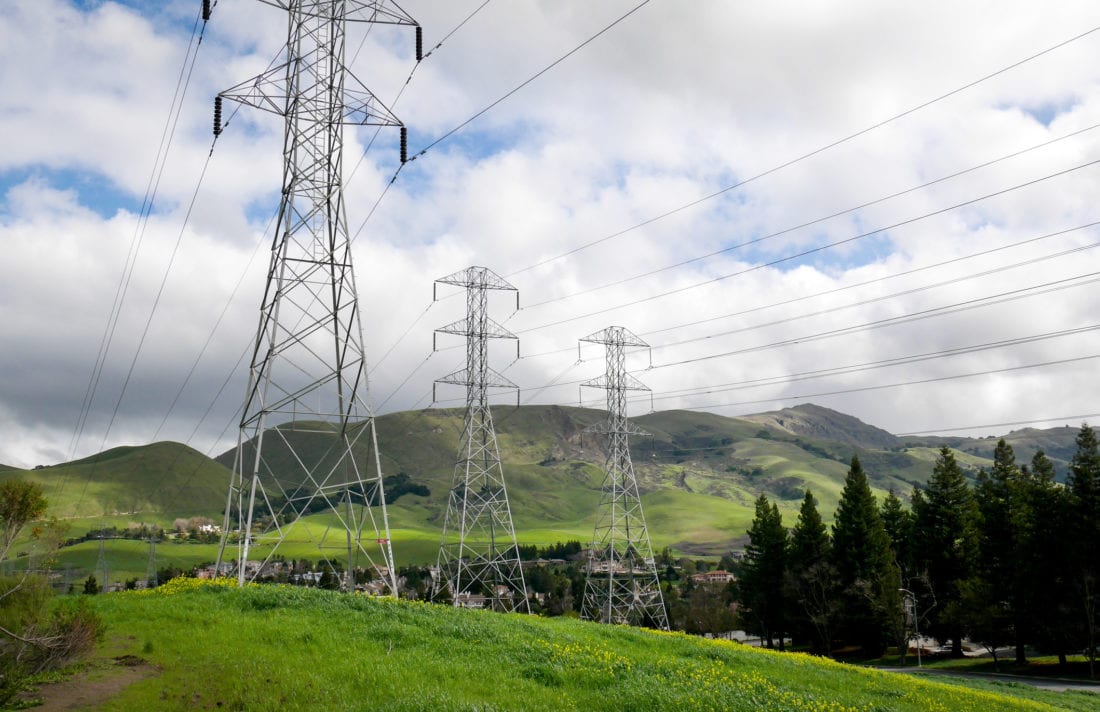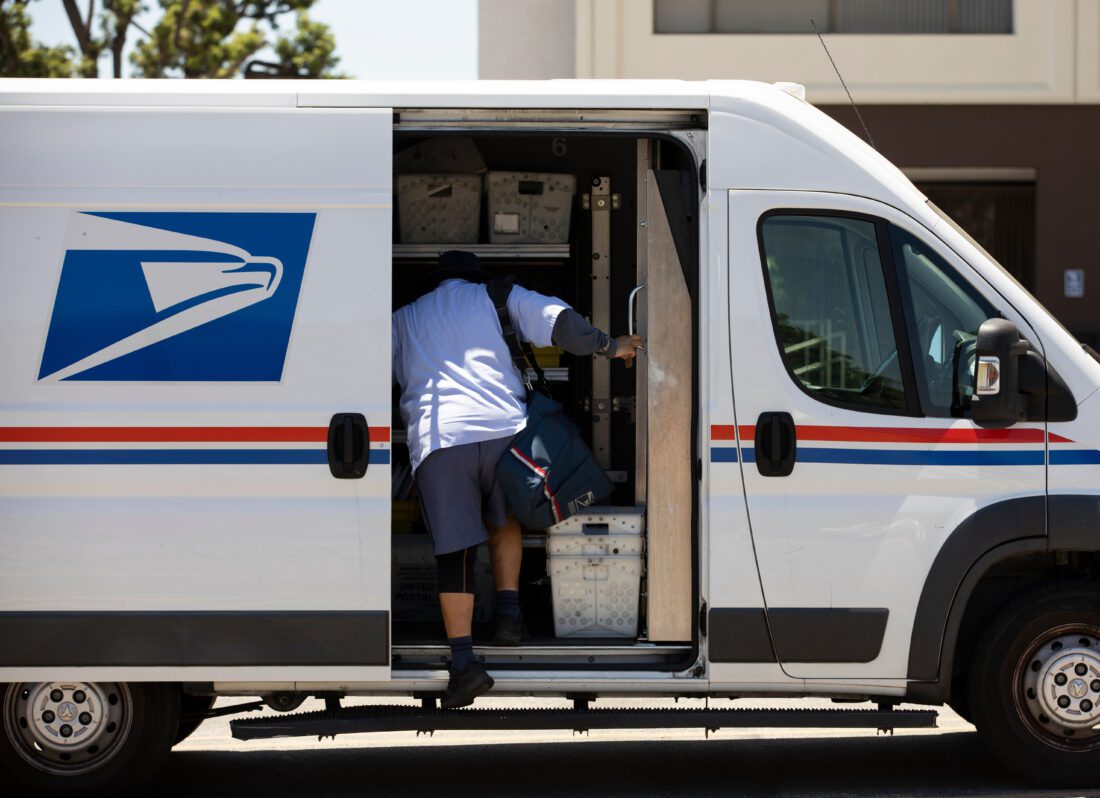Brain scans help researchers untangle the truth about lie detection

Power lines stretch across the landscape toward Mission Peak in Fremont, CA. (Photo: Zeiss4Me for iStock/Getty Images)
Californians not only pay some of the highest electricity rates in the country, but they pay two-to-three-times more for power than it costs to provide, according to a report released today by researchers at the Energy Institute at Haas and the non-profit think tank Next 10.
These uncommonly high rates result from utilities passing on a myriad of fixed costs to consumers—everything from generation, transmission, and distribution to wildfire mitigation, subsidies for rooftop solar and low-income customers, and energy efficiency programs.
The result is an increasingly inequitable pricing structure that must be reformed as California transitions to clean electricity, the report argues.
“What Californians pay is much higher than the true marginal cost of using electricity,” said Prof. Meredith Fowlie, faculty director for the Energy Institute at Haas, in a press release. She authored the study with Prof. Severin Borenstein of Berkeley Haas and Assoc. Prof. James Sallee of the Department of Agricultural and Resource Economics. “This puts an unnecessary cost burden on low- and middle-income households as we transition to using clean electricity.”
Uncommonly high rates
Data from Designing Electricity Rates for An Equitable Energy Transition reveal that the state’s three largest investor-owned utilities (IOUs) charge residential electricity customers much higher prices than are paid in most of the country. In the least expensive area, Southern California Edison (SCE), residential prices per kilowatt-hour are about 45% higher than the national average. Prices for Pacific Gas & Electric (PG&E) are about 80% higher, and prices in the San Diego Gas & Electric (SDG&E) territory are roughly double the national average.
This is because the the utilities bundle their fixed costs—including subsidies for houses with rooftop solar and increasingly expensive wildfire mitigation—into kilowatt-hour prices paid by consumers. Up to 77% of what consumers pay goes toward these fixed costs, which don’t change if they use more or less power.
Inequities are growing: As wealthier households transition to rooftop solar and buy less power from the grid, these fixed costs are distributed through a smaller volume of kilowatt-hours delivered by the utilities. That raises the costs even more for the remaining, lower-income customers, researchers said.
“Lower- and middle-income households are bearing a far greater cost burden for the state’s power system than seems fair,” Borenstein said. “We’re proposing solutions that would recover system costs through sales or income taxes, or an income-based fixed charge, which would pay for long-term capital costs while ensuring all those who use the system—and specifically, wealthier households—contribute equitably.”
Lower- and middle-income households are bearing a far greater cost burden for the state’s power system than seems fair. —Severin Borenstein
The report comes as an increasing number of Californians are struggling to pay their utility bills. About eight million residents currently owe money to investor-owned utilities, according to a recent presentation by the California Public Utility Commission. Rates are projected to rise again due to wildfire-related costs.
“There’s no question that we need to power buildings and transportation with California’s abundant clean electricity. The climate and health benefits will be enormous,” said F. Noel Perry, founder of Next 10, an independent, nonpartisan, nonprofit that commissioned the report. “The question is, how can we change the inequitable and unsustainable way we currently pay for electricity?”
Among the report’s findings and recommendations:
- Prices consumers pay are two-to-three times the cost of providing the electricity. About 66% to 77% of the costs that investor-owned utilities recover from ratepayers are associated with fixed costs of operation that do not change when a customer increases or decreases consumption.
- Lower- and middle-income households bear a greater burden. These households are increasingly responsible for covering high fixed costs as relatively wealthier households install rooftop solar and total consumption from the grid declines. That leaves lower-income earners to pay an increased share of the fixed costs.
- A more equitable model would recover fixed costs from sales or income taxes, or an income-based fixed charge.
- Raising revenue from sales or income taxes would ensure that higher-income households pay a higher share of the costs.
- Moving utilities to an income-based fixed charge would allow recovery of long-term capital costs, while ensuring all those who use the system contribute to it and also keeping costs affordable. In this model, wealthier households would pay a higher monthly fee in line with their income. The report examines a variety of implementation options for this model.
“We believe policymakers could consider pursuing an income-based fixed charge based on three criteria: Set prices as close to cost as possible; recover the full system cost; and distribute the burden of cost recovery fairly,” said Sallee.
Borenstein will present the report’s findings to the Public Utilities Commission on Wednesday at its special meeting on electricity rates and costs.
Read the full release and report.
Posted in:
Topics:




